When Sarah Lin landed a $80,000 Fortune 500 content contract as a solo creator, she didn’t hide her secret weapon: “My AI co-pilots do the work of five employees.” Her solo entrepreneur success story exemplifies the rise of AI-powered content agencies where individuals leverage tools like ChatGPT and Jasper to deliver enterprise-level results without a team.
The Blueprint: How One Person Operates Like an Agency
Lin’s AI content workflow combines:
-
ChatGPT for Fortune 500 projects: Generating research-backed outlines in minutes
-
Jasper for brand voice: Maintaining consistency across 500-page projects
-
AI quality control systems: Originality.ai plagiarism checks + Grammarly tone edits
-
Automated client reporting: AI-generated performance analytics
“Previously impossible solo scaling now happens daily,” Lin notes. Her freelance AI business model serves 12 clients simultaneously by automating 80% of content production.
Fortune 500 Case Study: Beating Agencies at Their Game
When a major tech firm needed 300 SEO articles in 30 days, Lin won against established agencies by:
-
Using prompt engineering frameworks to match their technical tone
-
Implementing ethical AI disclosure transparently in proposals
-
Demonstrating AI quality control protocols exceeding human capabilities
-
Charging 40% less while delivering 50% faster
The result? 94% client retention and referrals to three other Fortune 500 accounts.
The Tools: Budgeting for Solo Success
Lin’s AI tool budgeting allocates:
-
$20/month ChatGPT Plus
-
$99/month Jasper Business
-
$15/month Grammarly Premium
-
$18/month Originality.ai
Total: $152/month – less than most agencies spend on coffee.
Compare this to traditional agencies charging $15,000/month for similar output while maintaining large teams and overhead.
Ethical Considerations and Client Trust
Key to Lin’s success is transparent AI disclosure:
-
Clients see exact AI/human contribution ratios
-
All AI content undergoes human refinement
-
Enterprise AI compliance meets strict legal guidelines
“Trust comes from honesty,” Lin emphasizes. “I show clients how AI enhances – doesn’t replace – strategic thinking.”
The Future: Micro-Agencies, Macro Impact
This model isn’t without challenges:
-
AI content saturation in competitive niches
-
Platform dependency risks
-
Scaling limitations for complex multimedia projects
Yet tools like Claude for long-form and HeyGen for video are expanding solo capabilities. As Lin concludes: “The question isn’t whether AI replaces teams – it’s whether teams without AI can compete



